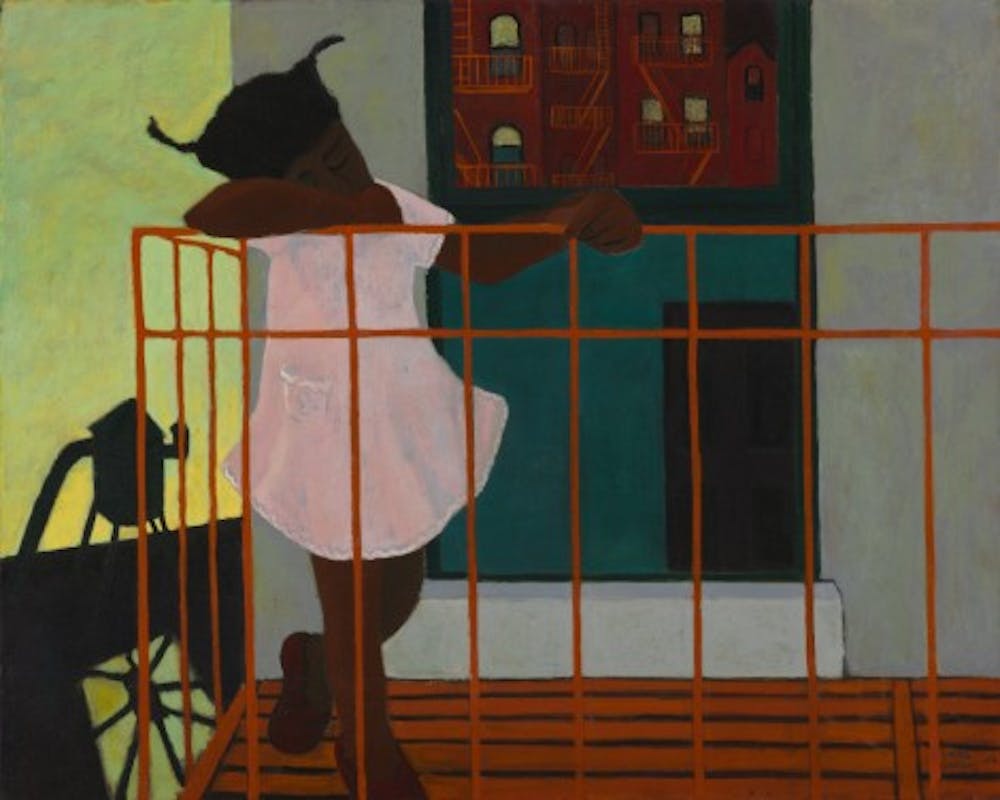By ANEEKA RATNAYAKE For The News-Letter
Contrary to a standard art gallery layout in which viewers find themselves limited only to visual observation and silent meditation, the new Center for People & Art, opening Oct. 25 at the Baltimore Museum of Art (BMA), intends to revolutionize the viewing of art through interactive interfaces and audience involvement.
Set to be located at the building’s entrance, this new 5,500-square-foot addition to the BMA hopes to attract a broader audience, as it encompasses a gallery, a commons featuring artwork from the Baltimore community and a studio for hands-on art making.
The gallery area of the Center for People & Art will feature Imagining Home, a special exhibit designed to encourage visitors to explore the universal notion of “home” through art and technology. This exhibit is divided into three parts and unifies numerous works, all related to this broad theme. First, the exhibit explores the outside of the home, followed by elements inside the home and finally moves forward to leaving the home, thereby exploring the notion of migration.
BMA Curator Oliver Shell described the vision behind Imagining Home as creating a “Hybrid space/ exhibition, which is really part of a larger area.” In essence, Imagining Home will serve as a launch pad or an orientation space, Shell explained. BMA visitors will be able to hone the imaginative skills they may need as the walk through the rest of the museum as well as further peak their interest and curiosities.
The Imagining Home exhibit will also be home to many interactive elements. Shell described one of these spaces as “the Nook” in which the audience will be able to answer questions such as, “Home is...?” and have their answers projected around the space. In this manner the audience is encouraged to respond directly to the art around them and confront the exhibit’s overarching theme.
The move toward a more interactive space comes from collaboration between educators at the museum and curators to create of the space. As a result, the educators’ understanding of the public shapes the interactive nature of the exhibition.
Interactive spaces through this kind of collaboration are becoming increasingly popular across the country, seen in exhibits at the Brooklyn Museum, the Dallas Museum of Art and the Cleveland Museum of Art.
Unlike most other galleries, this will be open for several years.
The diversity of this upcoming exhibition exists not only in its space but also in its showcase of works. Shell described the featured art pieces as extending beyond images and containing artifacts that relate to the home as well, which range from a doorknocker to a modern toaster.
This broad exhibit is geared toward a wide audience, which should include members of different communities in Baltimore as well as a younger demographic which can be seen also in the digital aspects of the presentation. This effort is also intended to combat the “aging-out” of the key demographic that frequents art galleries. Overall, Shell describes curating this exhibition as “an interesting process,” and makes note of the achievement of a diversity of works, which form a coherent exploration of a theme. Imagining Home as a part of The Center for People & Art is scheduled to open this Fall and is sure to be an interesting, imaginative body and space of art.
The BMA is currently running a number of stimulating and thought-provoking exhibits, including the film Recherche: three from filmmaker Sharon Hayes and a collection of American Crazy Quilts from the late 19th century.





